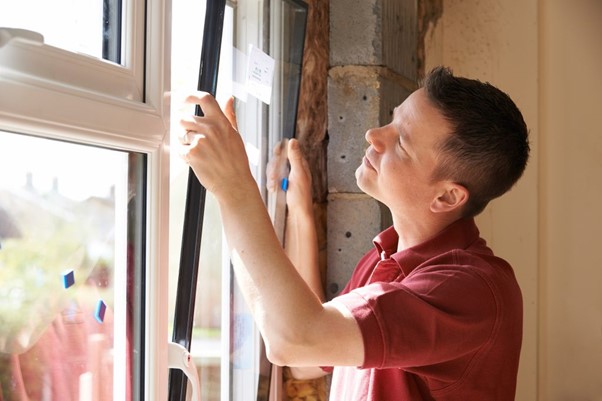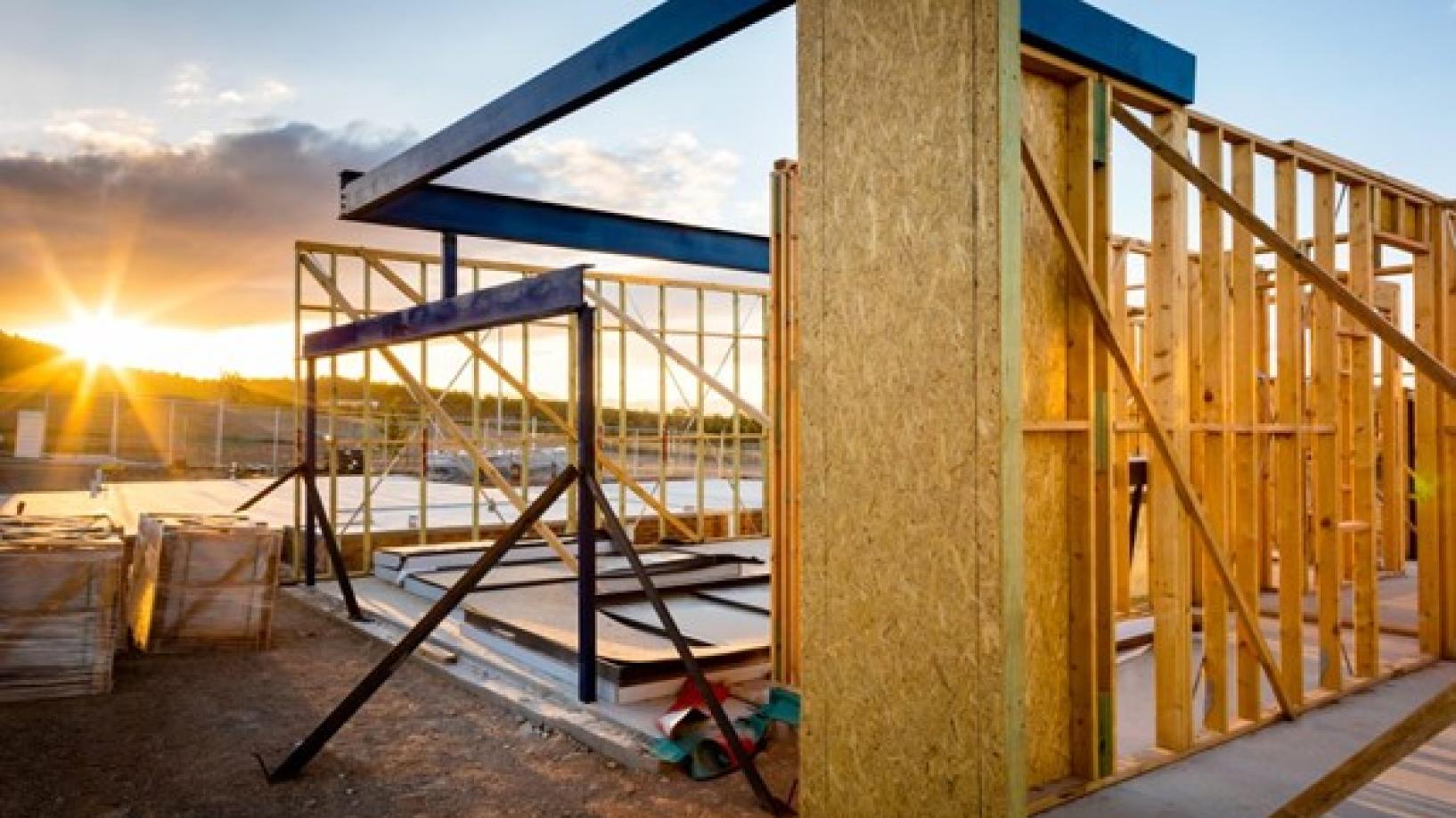
The problem
The vast majority of Australian homes are highly inefficient when it comes to energy use. These buildings are too hot in summer and too cold in winter. For that reason it’s little surprise that, on average across Australia, around 40% of a home’s power consumption is used for heating and cooling.
Most of these homes were built before adequate minimum standards were introduced in 2003, and data shows the nation's existing dwellings have an average energy performance of only 1.7 stars. In comparison, a tent – where the temperature inside is approximately the same as the temperature outside – would have a zero-star rating. Australia's existing inefficient homes contribute 18-20% of the nation's greenhouse gas emissions.
Research tells us energy efficient homes are healthier and happier places to live. Raising the energy performance of Australian homes offers overwhelmingly positive benefits for energy consumers, particularly vulnerable households. It will lead to:
- lower energy bills
- improved health and comfort levels
- more resilient electricity networks, particularly in peak periods
- fewer emissions.
While a 6-star standard was introduced for new homes in 2010, there has been no substantive increase since. Further progress is needed to improve the energy efficiency of new and existing homes.
The Challenge
Improving energy efficiency is important to ensure Australians can live comfortably in their homes and are not subjected to energy bills that are higher than they need to be. The transition to a net zero energy system will require siginficant action and improvement in these areas. To do this it will be necessary to provide homeowners and landlords incentives and assistance to make changes in ways that minimise costs for them.
While energy efficiency standards for new homes can be addressed under the National Construction Code (NCC), improving the performance of existing homes (which make up the bulk of our current housing stock) is more complicated. It can be difficult for consumers to access information and advice about how to improve the energy efficiency of their homes, or to calculate the benefits of doing so.
Bringing Australian homes up to standards of comfort and energy efficiency that consumers have a right to expect in the 21st century requires consumer voices being directed towards both government and industry. That creates a need for strong and expert advocacy in this area.

The Project
Energy Consumers Australia has provided funding through its Grants Program for Renew, an organisation working to improve the energy efficiency performance of Australian homes by driving the introduction of better standards through strong and effective consumer advocacy.
This funding enables Renew to bring the voice of its members to government decisions where change can occur, including the National Construction Code 2022 and the Trajectory for Low Energy Buildings – a national plan that aims to deliver net zero energy homes.
Assisted by this grant, Renew is talking to building and energy ministers, raising public awareness through the media, and working with the Healthy and Affordable Homes Coalition, comprising over 75 consumer and community organisations committed to better housing.

The Impact
The project has delivered real value for consumers.
Improving energy efficiency standards for new homes to a minimum NatHERS rating of 7 stars is now being considered the draft 2022 National Construction Code (the Code). The March 2022 meeting communique from Building Ministers noted the community’s expectations for energy efficient homes, and stated that “This is an area where change is needed, as part of emissions reduction measures across all sectors to achieve national policy objectives to reduce Australia’s emissions to net zero by 2050, while growing our economy and supporting jobs.”
Renew has built the case for change - its report Households Better Off: Lowering energy bills with the 2022 National Construction Code, found that building net zero 7 Star homes with solar and efficient appliances will significantly cut bills for households.
Renew has also supported the work of other consumer and community advocates: it has worked with Better Renting, ACOSS and others to support a range of policy initiatives through the Trajectory, and directly called for greater government investment in energy efficiency programs. Those strong voices have helped promote movement, with the Victorian, NSW and ACT governments laying out substantial programs to help upgrade social and community housing and considering minimum performance standards for rental properties.
Renew Interim CEO Kate Doyle said achieving policy change to create more low energy homes would be a win for consumers, the electricity grid and the environment.
“Lifting energy standards for new and existing homes cuts bills, cuts emissions, makes our homes more comfortable, and reduces pressure on the grid,” she said. “We’re appreciate the support from Energy Consumers Australia as we continue to make the case for these important policies.”
Energy Consumers Australia CEO Lynne Gallagher said Renew has made important progress to deliver better homes and cheaper energy bills for consumers, engaging with government and stakeholders in a challenging environment.
“Transitioning to low energy homes will not only give consumers better value for the energy they purchase, it will also help reduce their vulnerability to the impact of changes in the energy market by reducing their use and therefore costs,” she said. “Government action is critical to help overcome the existing barriers and ensure the benefits of sustainable homes are shared by all Australians.”

